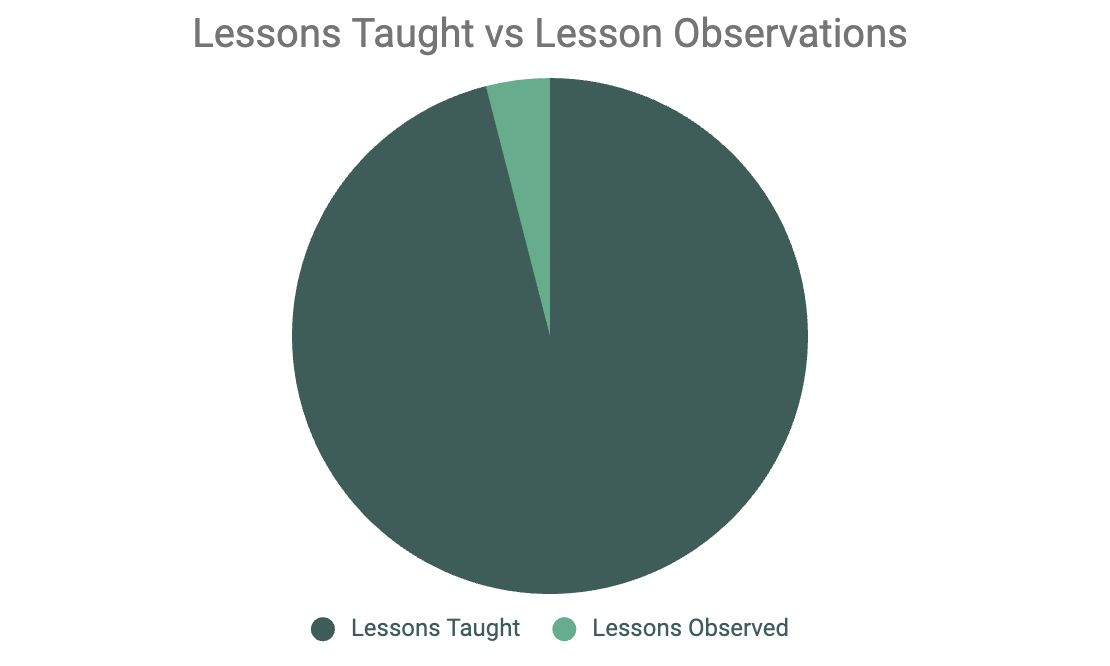- The Classify Education Newsletter
- Posts
- The Classify Education Newsletter #2
The Classify Education Newsletter #2

Welcome to the second edition of The Classify Education Newsletter. It’s been a busy month with lots of exciting things happening
What we cover
Want to take a look at Classify Education? Click the button below to take get a guided walkthrough of our prototype dashboard👇
Classify updates
Development on The Classify platform continues, it is a frustrating process but one we are determined to get right.
ResearchED Dubai happened on 27th May - a truly wonderful event. I was fortunate enough to speak giving a talk on titled - Mastering Explanations.
The Learning Curve School Leadership Podcast is out now and you can find it here. There are 2 episodes out currently, one with Mr. Daniel Cummings and one with Mrs. Morgan Whitfield. Both leaders have some amazing things to share and were incredibly insightful.
There is 1 new blog up on The Classify Education Blog - The Map is Not the Territory – Assessment Will Never be 100% Accurate.
Leadership reflection
Clear is kind. Unclear is unkind.
Reflection: I think this should be one of the main goals of leadership. Creating as much clarity as possible should be something we strive for. Clarity is kind because it supports teachers in being able to focus on the job of teaching. Clear values, clear aims, clear priorities allow for greater alignment and support from staff.
The data drop

In this month’s data drop, we have some data from some market research we have carried out on assessment in schools. This data may seem quite extreme when taken as an average p/week but responders indicated that often activities such as report can take up a disproportionate amount of time. Those who answered >10 hours were often using systems with teacher judgements for every lesson objective and either batch updating or spending a great deal of time updating after school.

3 Observations p/year
Does your school observe you three times a year to ‘support’ your development or as part of your performance management? Do they leave you to your own devices the rest of the time? The above illustrates just how ineffective three observations can be when trying to gauge teacher performance. The calculation is based off a teacher teaching 5 lessons a day for 180 days. Ultimately, this approach would lead to a teacher being seen for 0.3% of their lessons - nowhere near enough time to truly identify and support a teacher with their practice.

1 observation p/week
The second model is based on teachers being observed once a week for a school year. To look at, it doesn’t seem like much but the lived experience of this would no doubt be stressful to a teacher and the likely assumption may be that this teacher is on some sort of performance plan.

20 minutes p/week
Rather than judging by full lesson observations, something which doesn’t seem a productive use of time unless trying to understand lesson shape (Tom Sherrington: 2024), a better approach would be an instructional coaching model like those promoted by Walkthrus, Steplab and Josh Goodrich in his amazing book - Responsive Coaching. With this approach, teachers are watched more frequently for shorter periods and supported working on specific techniques working towards habit formation. The above shows the amount of lesson time observed when observing a teacher 20 minutes a week for an entire school year.
When weighing up your approach, it is important to consider the resources available and what is practical. David Didau’s excellent book Intelligent Accountability offers some interesting suggestions in this area and how to treating teachers equally is not necessarily fair. Some teachers will need more time and some will need less for example an ECT may require more support than an experienced teacher.
Teaching & learning tip
Diagnostic/Hinge Questions
Diagnostic questions have been a huge part of my teaching over the last few years and they offer amazing versatility to any teacher. Diagnostic questions involve a multiple choice question with incorrect options linked to a specific misconception. This is obviously very useful as you can provide targeted support to help students who have made a particular error.
You can use these questions to assess students understanding at the beginning or during a lesson. You can use them as exit tickets and they also make great homework.
Diagnostic questions can also be scaled up to really challenge students. Children can be tasked with explaining incorrect answers or creating questions that make incorrect answers correct.
Be sure to give this flexible strategy a try with your class and let us know how it goes.
Five things we enjoyed this month
Learn more about Classify
I hope you enjoyed this edition of The Classify Education Newsletter and you found some value in it. Please share with your colleagues and keep your eyes peeled for more from Classify over the next month. If you have any feedback for us about the newsletter, please get in touch by replying to this email.
Myself & the development team are working hard on the Classify platform at the moment but if you would like to find out more about how we can support your school schedule a call now👇